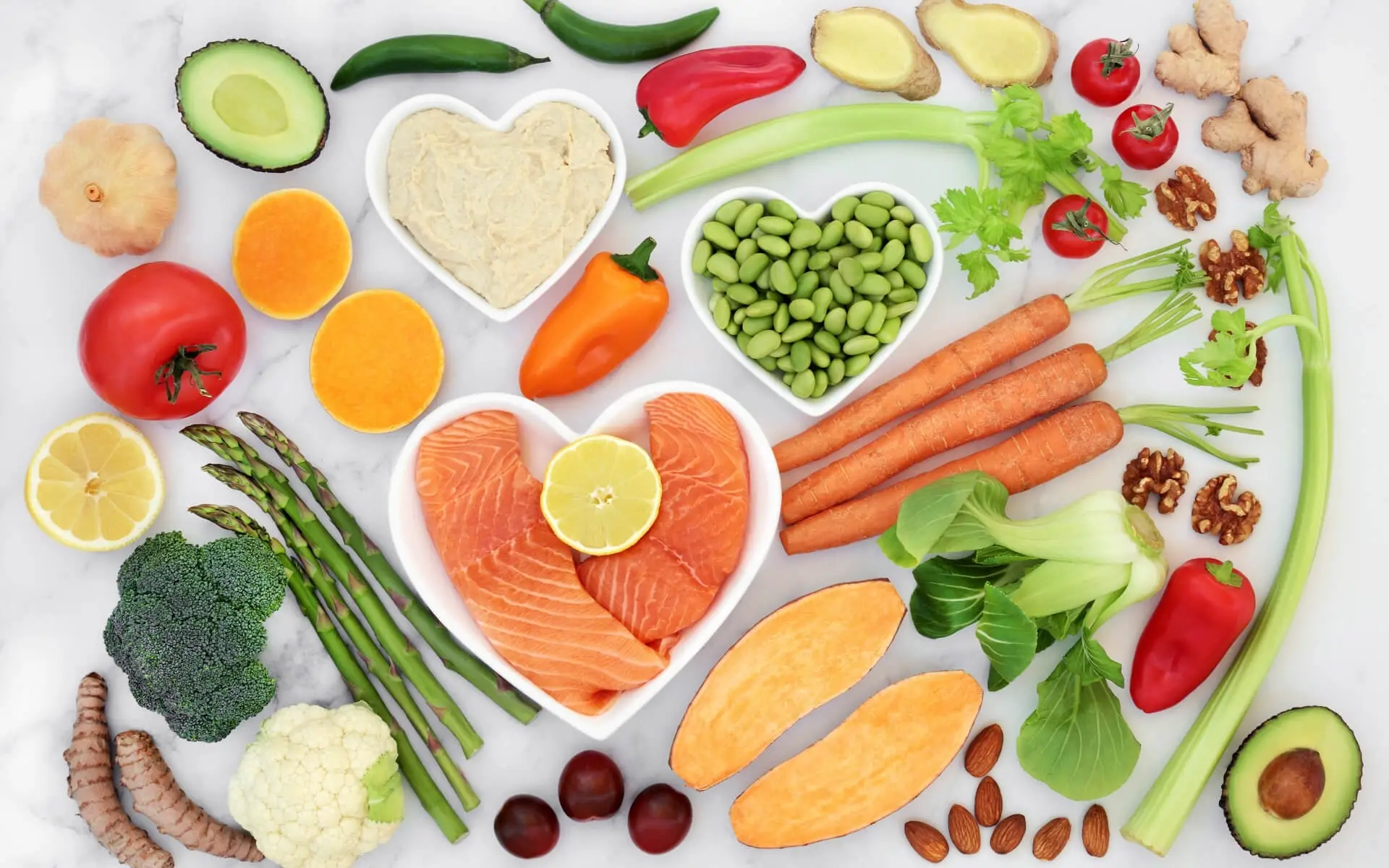Introduction
In today’s fast-paced world, where time and money are often in short supply, maintaining a healthy diet can seem like a daunting task. However, eating nutritious meals doesn’t have to break the bank. With careful planning, smart shopping, and a bit of creativity, it’s possible to enjoy wholesome, satisfying meals without overspending. In this article, we’ll explore practical strategies for eating healthy on a budget, offering tips, recipes, and cost-saving ideas for budget-conscious consumers.

Understanding the Challenge
Eating healthy on a tight budget can be challenging for many reasons. First and foremost, unhealthy processed foods are often cheaper and more convenient than fresh, whole foods. Additionally, access to affordable, nutritious ingredients may be limited in certain areas, especially in food deserts where grocery stores offering fresh produce are scarce. Furthermore, busy lifestyles and competing demands on time can make meal planning and preparation feel overwhelming.
Strategies for Eating Healthy on a Budget
- Plan Your Meals: Planning meals in advance is key to saving money and reducing food waste. Start by creating a weekly meal plan based on affordable, nutrient-rich ingredients such as beans, lentils, whole grains, and seasonal fruits and vegetables.
- Shop Smart: Before heading to the grocery store, make a list of the items you need and stick to it to avoid impulse purchases. Take advantage of sales, discounts, and coupons to maximize your savings. Consider buying in bulk for pantry staples like rice, pasta, and canned goods.
- Embrace Plant-Based Proteins: Plant-based proteins like beans, lentils, tofu, and chickpeas are not only affordable but also packed with essential nutrients. Incorporating more plant-based meals into your diet can help lower your grocery bill while promoting better health.
- Buy in Season: Opt for seasonal produce whenever possible, as it tends to be fresher and less expensive than out-of-season items. Visit farmers’ markets or join a community-supported agriculture (CSA) program to access locally grown fruits and vegetables at affordable prices.
- Cook in Bulk: Cooking large batches of meals and freezing individual portions can save both time and money. Soups, stews, and casseroles are excellent options for batch cooking and can be easily reheated for quick and convenient meals throughout the week.
- Minimize Food Waste: Make the most of ingredients by using leftovers creatively and repurposing scraps. Vegetable scraps can be used to make homemade broth, while stale bread can be transformed into breadcrumbs or croutons.
- DIY Convenience Foods: Instead of buying pre-packaged convenience foods, such as granola bars or pre-cut fruits and vegetables, consider making your own at home. Not only is this typically more cost-effective, but it also allows you to control the ingredients and customize flavors to suit your preferences.
Recipe Ideas
- Vegetable Stir-Fry: Stir-fries are versatile, budget-friendly meals that can be customized based on what’s in season or on sale. Simply sauté your choice of vegetables with garlic, ginger, and soy sauce, and serve over brown rice or noodles for a satisfying meal.
- Bean Chili: This hearty bean chili is made with affordable pantry staples like beans, canned tomatoes, and spices. Serve with a dollop of Greek yogurt or avocado for added creaminess and flavor.
- Quinoa Salad: Quinoa salads are nutritious, filling, and easy to customize with whatever vegetables you have on hand. Toss cooked quinoa with diced vegetables, herbs, and a simple vinaigrette for a refreshing meal that’s perfect for lunch or dinner.
Analysis Table
| Strategy | Advantages | Challenges |
|---|---|---|
| Meal Planning | Reduces food waste, saves time and money | Requires initial time investment |
| Smart Shopping | Maximizes savings, prevents impulse purchases | Requires discipline to stick to the shopping list |
| Embrace Plant-Based Proteins | Affordable, nutrient-rich, versatile | May require adjustment for those accustomed to meat-based diets |
| Buy in Season | Fresher, less expensive produce | Limited variety outside of peak seasons |
| Cook in Bulk | Saves time and money, convenient meal prep | Requires adequate storage space |
| Minimize Food Waste | Maximizes ingredient usage, reduces landfill waste | Requires creativity to repurpose leftovers |
| DIY Convenience Foods | Cost-effective, customizable, healthier options | Requires time and effort for homemade preparation |
Comparative Table
| Criteria | Processed Foods | Whole Foods |
|---|---|---|
| Affordability | Often cheaper due to mass production | Can be more expensive, but cost-effective in the long run |
| Nutritional Value | Typically low in nutrients, high in additives | High in essential nutrients, vitamins, and minerals |
| Convenience | Convenient for quick meals and snacks | Requires more preparation but offers better long-term health benefits |
| Health Impact | Often linked to health issues like obesity and heart disease | Associated with better overall health and lower risk of chronic diseases |
| Environmental Impact | Often packaged in single-use plastics, contributing to pollution | Less packaging waste, more sustainable production methods |
Conclusion
Eating healthy on a budget is achievable with the right strategies and mindset. By prioritizing whole, nutrient-rich foods, planning meals in advance, and shopping smart, consumers can improve their health and well-being without overspending. With a little creativity and resourcefulness, budget-conscious individuals can enjoy delicious, satisfying meals that nourish both body and mind. By making small changes to our eating habits and prioritizing nutritious options, we can all reap the benefits of a healthier lifestyle without breaking the bank.











